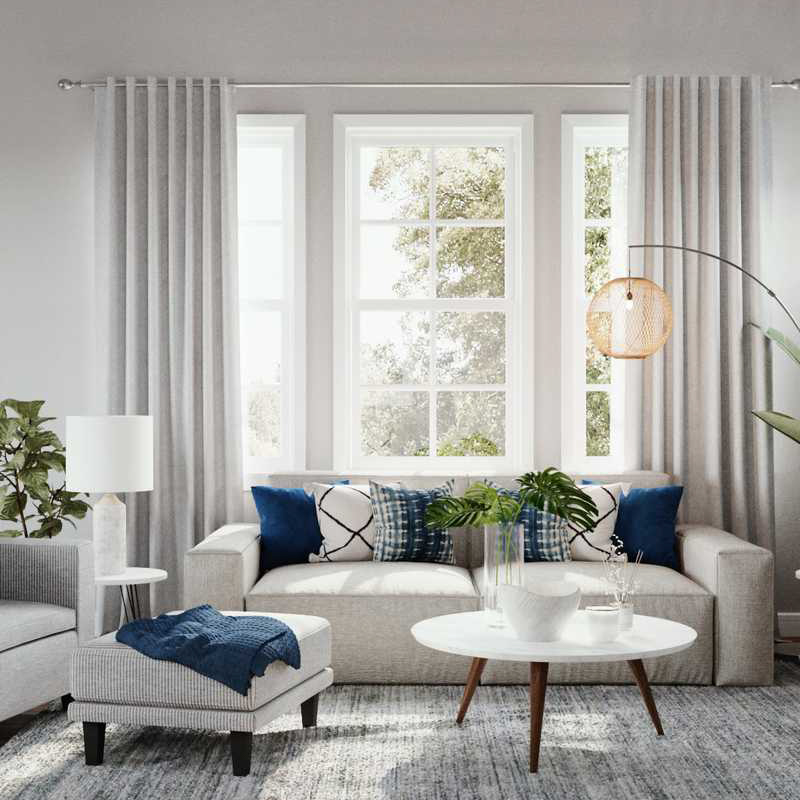
The Legacy of Bauhaus Furniture Design: A Revolutionary Approach to Function and Beauty
Introduction
Bauhaus is a movement that revolutionized architecture, art, and design during the early 20th century. One of its significant contributions is the Bauhaus furniture design, which embodies the principles of simplicity, functionality, and craftsmanship. This article aims to explore the legacy of Bauhaus furniture design, its characteristics, and how it influenced modern furniture design.
Characteristics of Bauhaus Furniture Design
Bauhaus furniture design is characterized by its minimalist approach, clean lines, and geometric shapes. It focuses on the functionality of the furniture and the elimination of unnecessary decoration, resulting in a design that is minimalistic yet elegant. The furniture often features materials such as chrome, glass, and steel, which reflect the modernity of the era.
Another characteristic of Bauhaus furniture is its comfortable and ergonomic design. The furniture is designed to be used and enjoyed, with particular emphasis on the user’s comfort. For example, the Barcelona Chair, designed by Ludwig Mies van der Rohe in 1929, is an iconic piece of Bauhaus furniture that is still widely popular today. Its sleek and stylish design, combined with its comfortable seating, has made it a popular choice for home and office interiors.
Influence of Bauhaus Furniture Design
The Bauhaus furniture design has had a significant influence on modern furniture design. Its minimalist approach to form and function has been adopted by many designers and manufacturers, resulting in furniture that is not only functional but also aesthetically pleasing. The principles of Bauhaus furniture design can be seen in the works of renowned designers such as Le Corbusier, Arne Jacobsen, and Charles and Ray Eames.
Bauhaus furniture design has also played a role in shaping modern architecture. The clean lines and geometric shapes of Bauhaus furniture have been incorporated into modern architecture, contributing to the minimalist and modernist style that is prevalent today.
